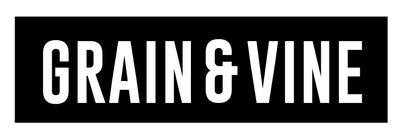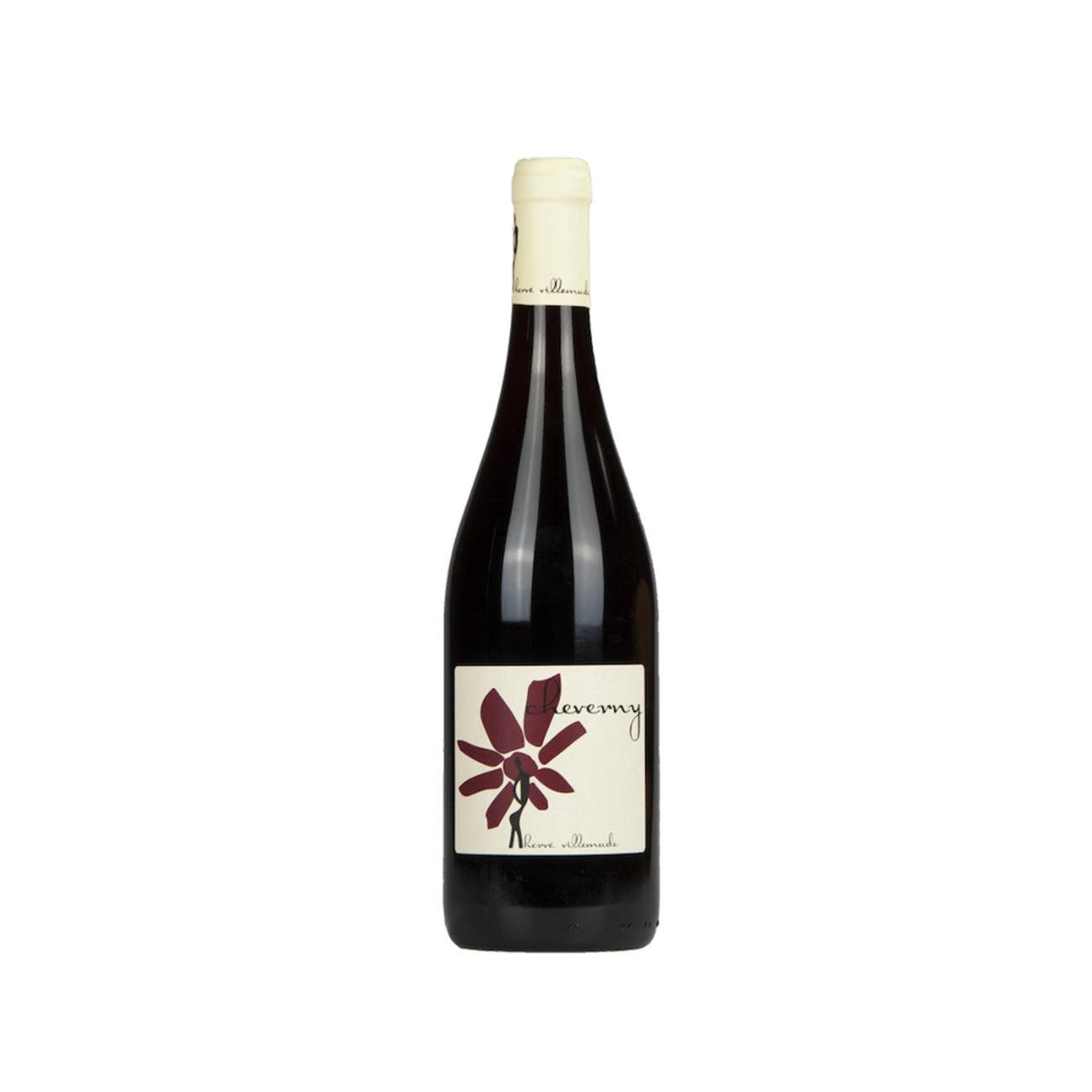Hervé Villemade Cheverny Rouge
ABOUT
ABOUT
Hervé Villemade has been working his family's vines in Cellettes since taking over from his father in 1995. Today, the estate represents about 22 hectares of organically farmed fruit within the Cheverny and Cour-Cheverny AOCs, along with a négociant license to supplement production with local grapes.
When Hervé first took over, everything was farmed chemically and vinified conventionally. Unaware of an alternative, he followed in his parents' footsteps but quickly found his work "uninspired and bland." Around 1997, Hervé was introduced to the wines of Marcel Lapierre and Clos du Tue-Boeuf, both immediately striking a chord with him. Coincidentally, at the exact same time that he was discovering these wines, Hervé started developing a very serious allergy to sulfur. The sulfur had to go, and first attempts at sulfur-free vinifications quickly led to the conclusion that to make wine this way, you needed high quality grapes. So in 2000, Hervé decided to convert the estate to organic viticulture.
The majority of the production consists of Cheverny Blanc and Cheverny Rouge, all farmed from the historic parcels in Cellettes. A single vineyard Cheverny Rouge, Les Ardilles, is produced in vintages that permit, along with Desiré, a magnum-only bottling of very old Pinot Noir planted by his grandfather. In addition, Hervé owns a significant amount of the indigenous Romorantin, a grape so unique to this part of the Loire that it receives its own appellation, Cour-Cheverny. For the Romorantins, cuvées are bottled as single vineyard expressions: Les Châtaigniers and the old-vine Les Acacias.
In recent years, short crops have led Hervé to start making wines from purchased fruit. Cuvées like the IGP Sauvignon, Cour-Cheverny Les Saules and Bovin all come from local growers Hervé knows and trusts.
Wine Notes: Gamay and Pinot Noir made entirely in concrete tank. Juicy, and bright, but with enough earthiness to balance everything out.
Couldn't load pickup availability









